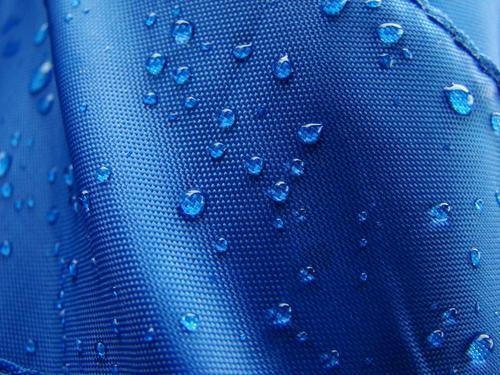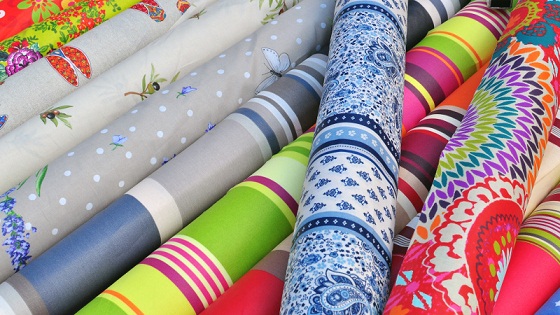The global Geotextiles Market is anticipated to reach USD 11.3 billion by the end 2027, according to a new report released by Million Insights. It is projected to grow at a CAGR of 11.9% from 2020 to 2027. Rising demand for geotextiles to control soil erosion and rising adoption for construction of roads and other infrastructural projects such as railways and drainage systems owing to its high tensile strength are some of the major forces driving the market growth over the forecast period.
Request a Sample PDF Copy of This Report @ https://www.millioninsights.com/industry-reports/geotextile-market/request-sample
Market Synopsis of Geotextile Market:
Various governments are investing in infrastructural projects for development of their economies. Therefore, there has been high demand witnessed for geotextiles across different regions. Rising adoption of geotextiles in U.S. for maintaining their drainage systems is anticipated to further fuel the growth of geotextile market. These geotextiles form a channels for smooth flow of water and other fluids.
Moreover, growing product demand in Europe owing to presence of large number of water bodies and river beds that cause extensive soil erosion is projected to propel the market growth in this region. Geotextiles have the property of holding the soil particles and promoting the growth of various vegetation which reduces the soil erosion levels.
In addition, growing industrial sector and rising investment of government in infrastructure projects in Asian countries such as China, Thailand, India, and Indonesia is anticipated to propel the regional demand. Furthermore, growing foreign investments and availability of abundant raw materials at cheaper rates are the factors projected to fuel the regional market growth.
View Full Table of Contents of This Report @ https://www.millioninsights.com/industry-reports/geotextile-market
Table of Contents:-
Chapter 1 Methodology and Scope
Chapter 2 Executive Summary
Chapter 3 Geotextile: Market Variables, Trends & Scope
Chapter 4 Geotextile: Product Estimates & Trend Analysis
Chapter 5 Geotextile: Application Estimates & Trend Analysis
Chapter 6 Geotextile: End-use Estimates & Trend Analysis
Chapter 7 Geotextile: Industrial End-use Estimates & Trend Analysis
Chapter 8 Geotextile: Regional Estimates & Trend Analysis
Chapter 9 Competitive Landscape
Chapter 10 Geotextile: Manufacturers Company Profiles
Get in touch
At Million Insights, we work with the aim to reach the highest levels of customer satisfaction. Our representatives strive to understand diverse client requirements and cater to the same with the most innovative and functional solutions.



